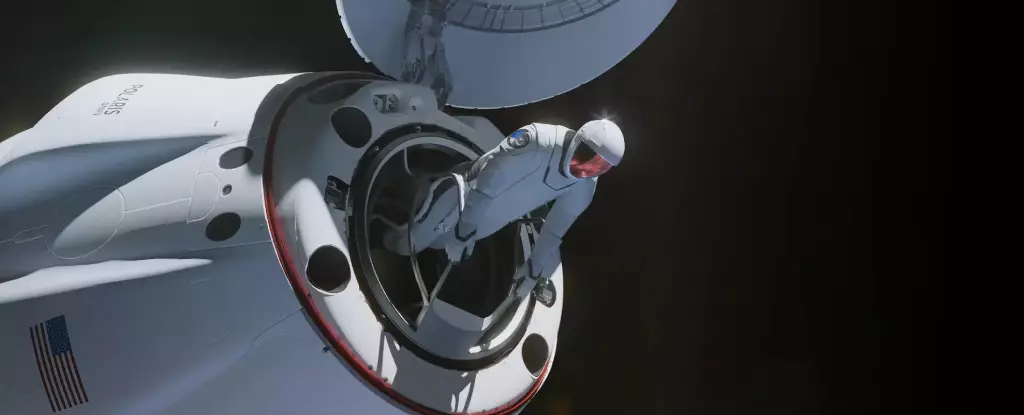SpaceX is on the verge of launching an all-civilian crew on an ambitious orbital journey that promises to redefine the boundaries of space exploration. The Polaris Dawn mission, spearheaded by billionaire entrepreneur Jared Isaacman, is scheduled to take off from NASA’s Kennedy Space Center in Florida, ushering in a new era in space travel with the groundbreaking inclusion of a spacewalk by private individuals.
One of the most significant highlights of the Polaris Dawn mission is the first-ever commercial spacewalk to be conducted by the crew, marking a pivotal moment in the history of space exploration. Mission commander Jared Isaacman will lead a team of four members, including mission pilot Scott Poteet, mission specialist Sarah Gillis, and mission specialist and medical officer Anna Menon, on this extraordinary venture.
In preparation for this historic mission, the crew members have undergone an extensive and rigorous training program spanning over two years. From simulator sessions to skydiving, centrifuge training, scuba diving, and even summiting an Ecuadoran volcano, the team has left no stone unturned in honing their skills and preparing for the challenges that lie ahead.
The Polaris Dawn mission is just the first of three planned missions under the Polaris program, a collaborative effort between Jared Isaacman and SpaceX. The overarching goal of these missions is to test new technologies and operational procedures that will pave the way for humanity’s journey among the stars. By pushing the boundaries of what is possible in space exploration, SpaceX is advancing towards its bold vision of enabling humankind to explore new frontiers beyond Earth.
Apart from the historic spacewalk and high-altitude orbit, the Polaris Dawn mission aims to conduct a series of experiments that will contribute to our understanding of human health during extended spaceflights. From testing contact lenses embedded with microelectronics to monitor changes in eye pressure and shape to exploring laser-based satellite communication technologies, the crew is set to embark on a scientific journey that could have far-reaching implications for future space missions.
As the Polaris Dawn mission comes to a close after six days in space, with a spectacular splashdown off the coast of Florida, attention turns towards the future missions under the Polaris program. The second mission will also feature a Dragon capsule, while the third and final mission is set to be the maiden crewed flight of Starship, SpaceX’s cutting-edge next-generation rocket that is central to Elon Musk’s vision of establishing a human presence on Mars.
The Polaris Dawn mission by SpaceX represents a significant milestone in the history of space exploration, showcasing the potential for private individuals to play a pivotal role in pushing the boundaries of human ingenuity and technological advancement in outer space. As we look towards the stars, the Polaris program stands as a beacon of hope for a future where humanity’s reach extends beyond Earth’s confines, towards new horizons and uncharted territories in the vast expanse of the cosmos.


Leave a Reply